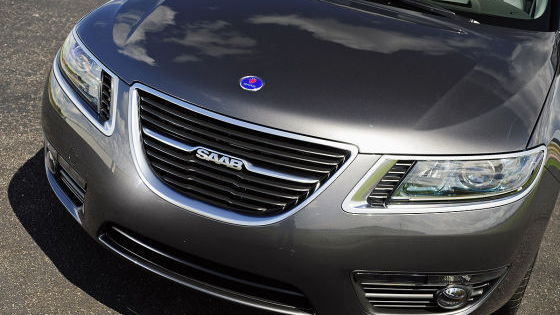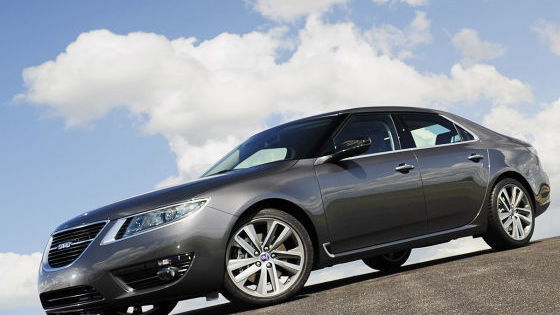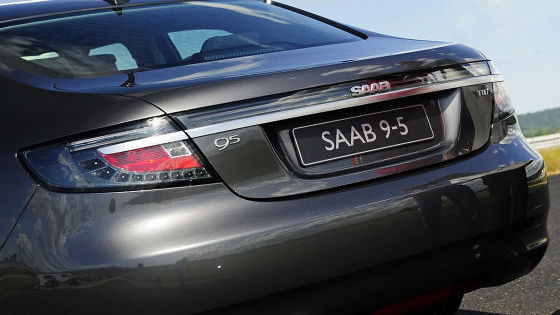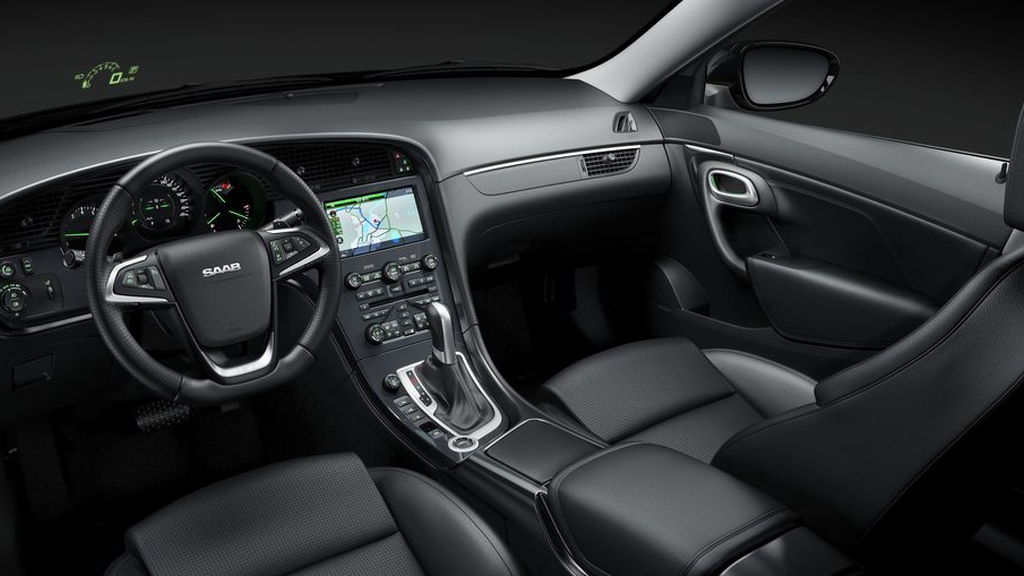The long-winded story of Saab's sale finally came to a close last month, with the brand born from jets adding a propeller to the mix in the form of Dutch sports car company Spyker, which reached a deal to purchase the struggling Swedish automaker from GM.
Once the dust settles, one of the first tasks for Saab’s new owner will be to reposition the brand towards a performance-oriented niche car company with an industry-leading environmental strategy. It will do so by implementing a business plan developed by Saab’s own management team over the past ten months.
Saab is to become a standalone car company with three to four model lines: 9-3 (sedan, hatchback, sports estate, X and convertible) and 9-5 (sedan, sports estate and X) and the 9-4X for both the U.S. and European markets. This latter model shares its platform with the Cadillac SRX and is already in production at a GM plant in Mexico in preparation for its sales launch next year.
Saab’s other models will be built at the company’s main plant in Trollhattan, Sweden and together with the Mexican production output should eventually return to recent pre-crisis levels of about 100,000 to 125,000 vehicles per year.
The new model roll-out will start with the launch of the 2010 Saab 9-5 early this summer, the new 9-4X crossover in early 2011 and a completely redesigned 9-3 in 2012.
Important news also confirmed today is that the entry-level Saab 9-1, a compact hatchback to rival the likes of the Mini Cooper and upcoming Audi A1, is still under consideration but not included in the current business plan.
Future development of Saab’s vehicles will take place at the company’s Technical Development Center (also in Trollhattan), which has full capability in developing complete vehicles and will continue to do so. Also remaining in full operation is Saab’s network of about 1,100 dealers worldwide, though there will be a new sales and distribution approach implemented this year.
As a final note, Spyker and Saab, two brands deeply rooted in aeronautical and automotive history, will benefit from sharing certain assets and technology services. This will include the sharing of engineering know how and technologies, sharing of activities in marketing and sales, and the sharing of certain parts and components in order to obtain access to supplier and partner resources. Importantly, both companies will remain independent despite being merged as the soon-to-be established Saab Spyker Automobiles NV.
[Saab Spyker]






